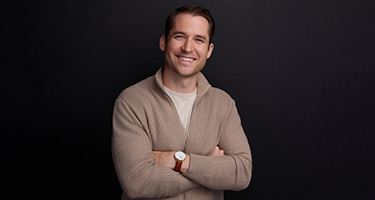New legislation (SB 1304) is amending A.R.S. § 33-992.01 (governing “preliminary twenty-day notices”) to increase the “lien reach” of Arizona 20-day Preliminary Notices to 30% (up from the 20% we’ve known for decades). This change applies to construction projects where lienable activities (such as labor, materials, professional services, equipment/machinery, fixtures, and tools) are “first commenced to be furnished from and after December 31, 2019.”
This means that, for projects where lienable activities first occur on or after 12/31/2019, 20-day prelims for those activities will cover up to 130% of the estimated price stated in the prelim (as opposed to the current 120% rule Arizona has long followed). For example, if a prelim notice states a $100,000 price estimate, that prelim allows for lien rights of up to $120,000 under the currently applicable 20% law, and will allow for $130,000 once the new 30% law becomes applicable.
The new law does not change how prelims are prepared or how and when served, but will somewhat reduce the need and frequency for amending/supplementing prelims. The bigger headache for contractors, suppliers, prelim/lien preparers, and construction attorneys, will be determining which prelims are subject to the current “120% rule” or coming “130% rule”. The determination seems simple at first blush, but won’t be in many circumstances. Consider that a significant percentage of suppliers and subs have little to no idea when lienable activities first commenced on a typical construction project. The new law also doesn’t define “first commenced,” but does appear to include professional services as an activity that may trigger such first commencement. Thus, even general contractors may struggle at times to determine first commencement, such as when an owner/developer commences professional services prior to engaging the general contractor.
Initial Takeaways Regarding the New Law
- For potential lien claimants interested in preserving their fullest lien rights, when determining when to amend a prelim to a greater amount, it is best to err on the side of assuming the 120% rule applies, at least until it is beyond reasonable dispute that the first lienable activity occurred after 12/31/2019.
- The 120% rule may effectively extend well beyond 12/31/2019. Consider, for example, a large project where the first lienable activity commenced prior to 12/31/2019, but several subcontractors and suppliers do not perform until months later – and possibly well over a year later on some large projects. Such later performing subs/suppliers should be mindful to follow the 120% rule that will apply to them in this situation.
- For potential lien claimants and their prelim service providers, be prepared to ask (or answer) whether the first lienable activity—for the entire project, not just your scope—occurred before or after 12/31/2019. This means (a) suppliers and subs should consider requesting this information from the tier above them, (b) general contractors should consider requesting this information from the owner and provide it in project information sheets for subs and suppliers, and (3) prelim service providers should consider adding the same question to their customer project information forms.
- For attorneys, be prepared to analyze whether a particular project’s lienable activities first commenced on or after 12/31/2019, as this may be relevant to determining the total permissible lien amount in the action, at least as to the 10% difference.
These takeaways will be of greater concern for projects where lienable activities begin between the end of 2019 and early 2020, when it is more likely to have genuine questions regarding whether the old or new law applies. And, as the above example illustrates, such projects can expect the 20% vs 30% legal argument to be a recurring question in future lien foreclosure litigation.
















